Its been a while since I created a new CG scene, and I had an entire HDR environment shoot + back plates that were burning a hole in Lightroom, doing absolutely nothing. The shoot is from early this year from the south of Adelaide (on the coast) here in South Australia, which, by the way, is home to the original Mad Max film and which was almost home to the new film. The problem was that it rained too much leading up to shooting, and everything was too green. Too much vegetation doesn’t quite equal Mad Max…
I spent a lot of time and a couple of visits to shoot the dome and all the plates, so I thought I’d finally assemble them and try some renders using that environment and some back plates. I think this is the first time I’ve ever attempted this in all the years I’ve been shooting HDRIs (!). I’ve shot so many skies and focused on that for so long that I’ve got very little experience creating scenes using fully spherical HDRIs. I’ve also never really dabbled with using backplates or compositing, mostly again because I don’t shoot many environments, except for my now rather old collection from maybe back in 2010 or so!
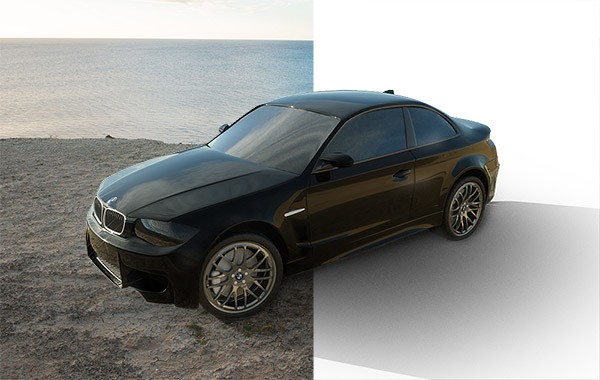
The Location
This spot is where I shot my latest Time-Lapse HDR Skies. If you look up to the tops of the cliffs, that’s more or less where the camera was placed and left for days on end.
It’s called Maslin Beach, it’s kind of notorious and I have some …unfortunate stories. It’s also a top surfing location, a nude beach (if you zoom 10,000x you might see something 1 pixel in size!), and one of the most stunning beaches in South Australia.
The areas I’ve focused on are the sandstone cliffs that line most of the beaches in this area. There’s one rocky platform in particular that I think would work well for fashion photos or automotive renders which I’ve used as my test back plate.
The time and weather
I rocked up in the afternoon to try and catch the magic hours around the setting sun and started with the ‘dome’ or HDRIE sphere shots. Despite having a good hour, due to my lack of experience shooting these + back plates, I was a bit rushed but thankfully quite happy with the results. What you don’t get in one shoot you can always get in the next! That’s what I ended up doing, coming back the following day to get some more around the same time.
Also got lucky with the weather and had some nice partial cloud cover, not too heavy that it’s dull or overcast, and not so clear that there’s no sky detail.
The HDRIE Sphere or “Light Probe”
I used my D800E, Sigma 15mm lens and 360 Precision head to capture a ‘too high resolution’ (~20k) sphere, taking extra caution to capture the entire range of the sun by using a dense ND filter, and the fastest f-stop and shutter speed settings.
Here it is:
After this was done I took another in a slightly different spot just in case, then shot some white balance photos, and moved on to doing backplates.
Backplates
This was quite a bit more enjoyable than almost anything I’ve shot in the past, as it gives me some creative freedom in choosing locations, angles, height, and composition. My usual skies, of course, have zero creative latitude, so its nice to have that artistic choice for a change. I’m certainly not new to shooting this kind of stuff, though. I’ve had work featured in local galleries and marketing materials in the past, but I haven’t had to shoot creatively while considering potential CGI or composited photo elements from a wide range of potential users.
I went crazy anyway and shot practically everything from every angle I could think of. Here’s a few example plates out of a few hundred that I liked:
That last one is a tad dark looking at it now, but you get the idea.
Would love to know what you think, particularly if you’ve used HDRI domes + plates a lot in commercial work. You can email me at jay at hyperfocaldesign dot com or comment below.
Reference Cubes/Triangles
So with all the shooting complete and assembled in PTGUI and Lightroom, I grabbed Mike Pan’s BMW and set about doing my first HDRIE + back plate renders. As I tried to move the camera to match up the backplate, it immediately struck me how useful some reference would be to match the camera position. Specifically, there are physical reference cubes you can throw into your shot that are designed for this reason. It’s a little tricky trying to guess the position of the camera based on a natural environment. I’ve seen those reference cubes around before, but I haven’t got/bought/made one yet, so that will have to wait for next time. I think the flat triangles look the best as they are the least intrusive, and would still give you all the information you’d need when used along with the camera metadata. Again I’m keen to know what you think in an email or comment here on the blog. The biggest drawback to using them is putting them into each and every backplate shot, which might double shooting times.
The Render
I won’t claim any ownership on the excellent BMW model I’ve used here (thanks, Mike Pan) or the car paint shader either (thanks, Blender Octane). But I can totally claim ownership of the lighting and composition with the back plate! That was the main reason for this exercise after all, and I’m fairly happy with the result. I spent a day or so tweaking, and having very little experience compositing or matte painting, I’m fairly happy with the result. I’ll leave the masterpieces to the artists that really know what they’re doing!
I’ve put a couple of versions below with different car shaders/angles and levels/curves applied. Neither are quite right of course, but the car in the second one is perhaps the closest to correct while the first has issues with the shader (there’s some odd cartoon outlines) and is maybe a bit too “HDRI-ey” and crunched.
Why the tests?
I’m thinking of doing some more of these and I’d love to gauge people’s reactions if possible. I love our local scenery here in South Australia, and I’m a huge fan of films that have been shot around here in the past, like Mad Max and Salute of the Jugger to name just a couple. I think I could find some really unique and dramatic locations – scorched deserts, dunes, salt lakes, cliffs and more. Let me know what you think, even specific locations or subjects of interest, features, anything that you’d like to see in future HDRI environment sets.
If you’re interested in hearing more about these or trying some free samples when they become available, you can sign up to my newsletter below and I’ll keep you posted:
Thanks for reading along.
Regards,
Jay Weston
 Hyperfocal Design
Hyperfocal Design
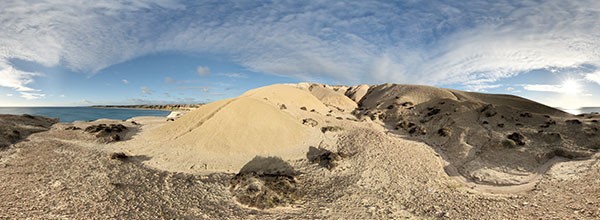
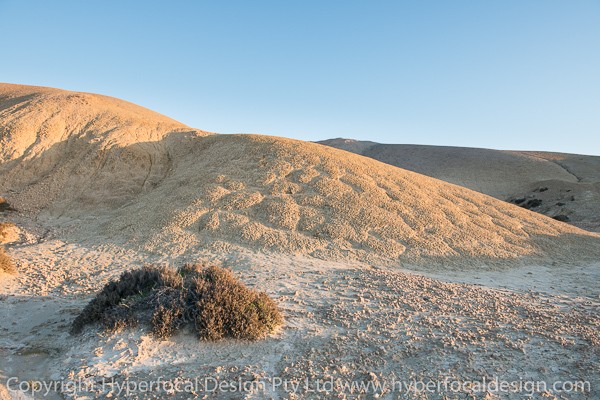
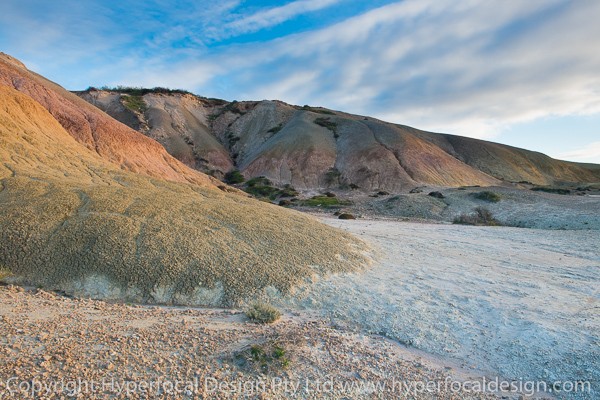
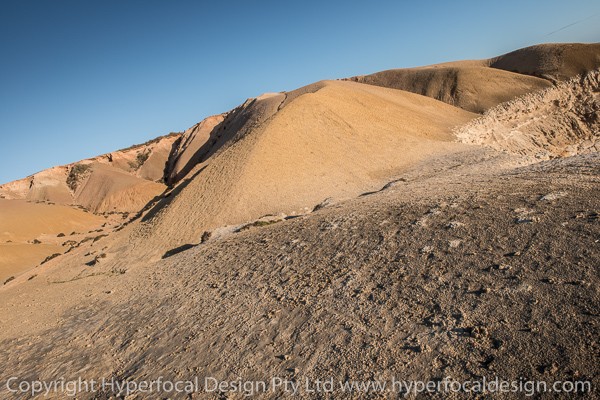
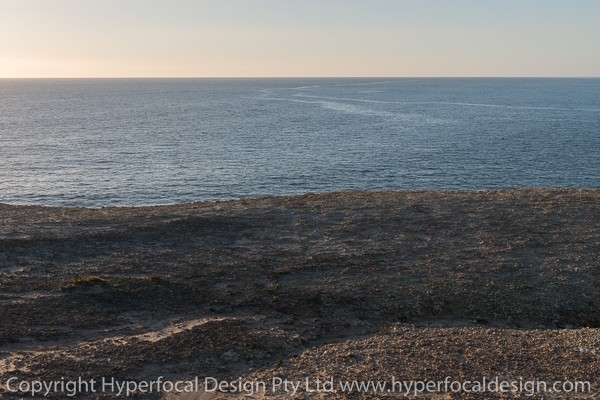
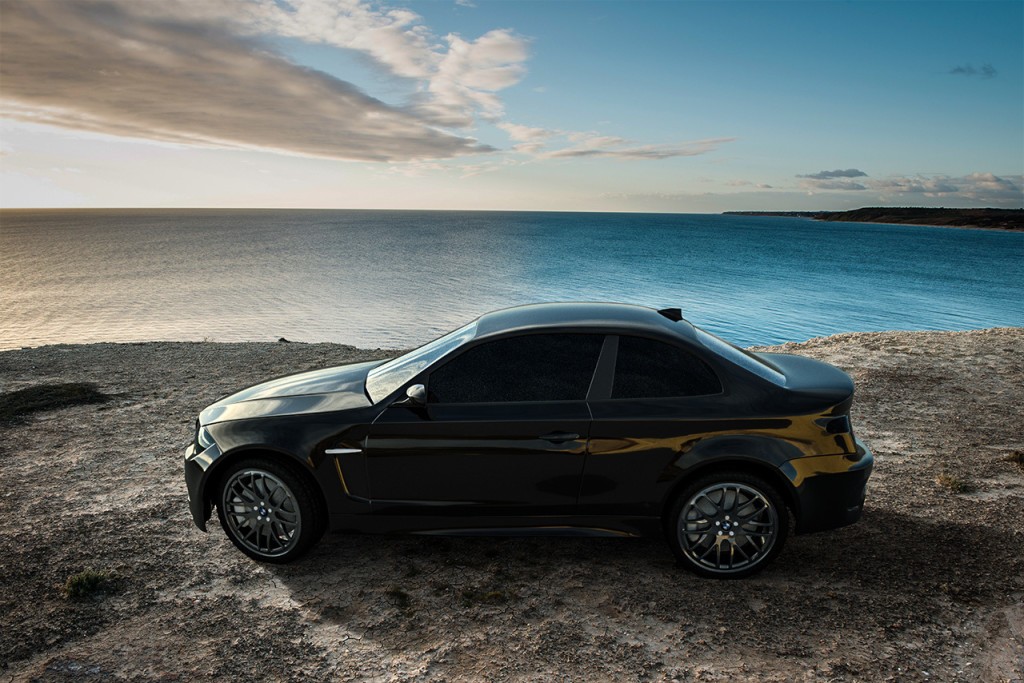
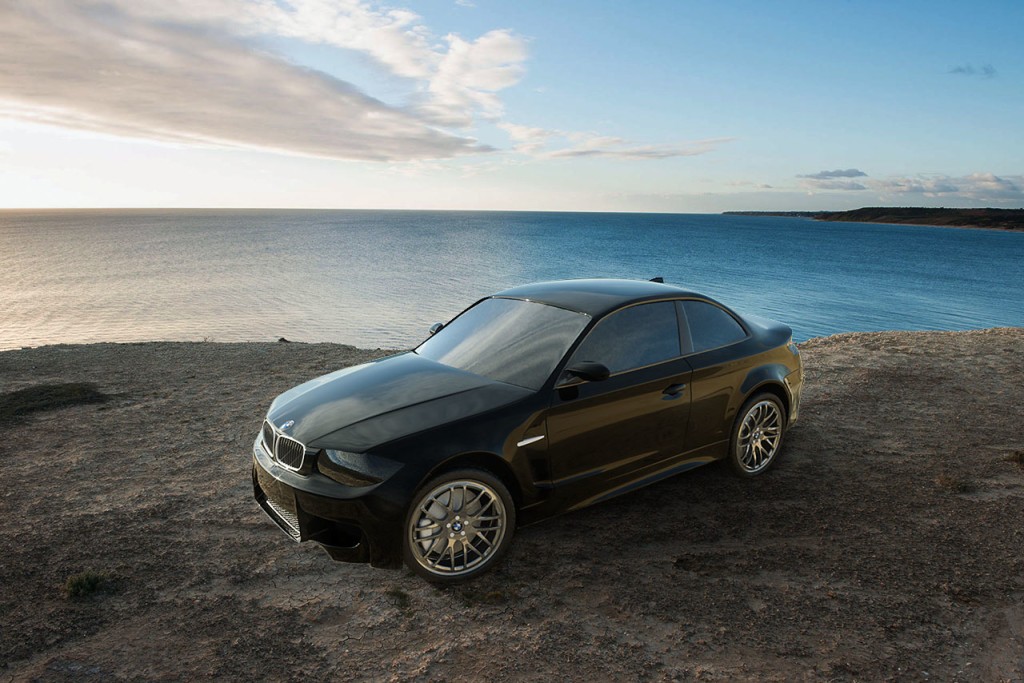

It looks great, everything fits Ok! Congrats!
Wow just wonderful results. Regarding perspective matching. This I think is very important. If you take two backplate photos from slightly different camera positions, then you can use the camera tracker in blender or some other tracker to perfectly solve your groundbplane and even derive focal length and lens distortion if it is uncertain. Usually it is enough to take backplates at two different panning positions separated by only a couple of meters, at least for solving a ground plane so close by.
Btw.. including a reference cube is very useful but it would be more flexible for your service to simply include these panning backplates so that users can do their own camera tracking depending on where the user wants to 3d composit an object.
Thanks guys.
Hrobjartur, I hadn’t thought of that, great stuff. I suppose another option would be instead of the cube, I do the camera tracking as you suggest for all the backplates, then provide the virtual camera files to go along with all backplates. Depending on how much work camera tracking is, that may or may not be a good option 🙂